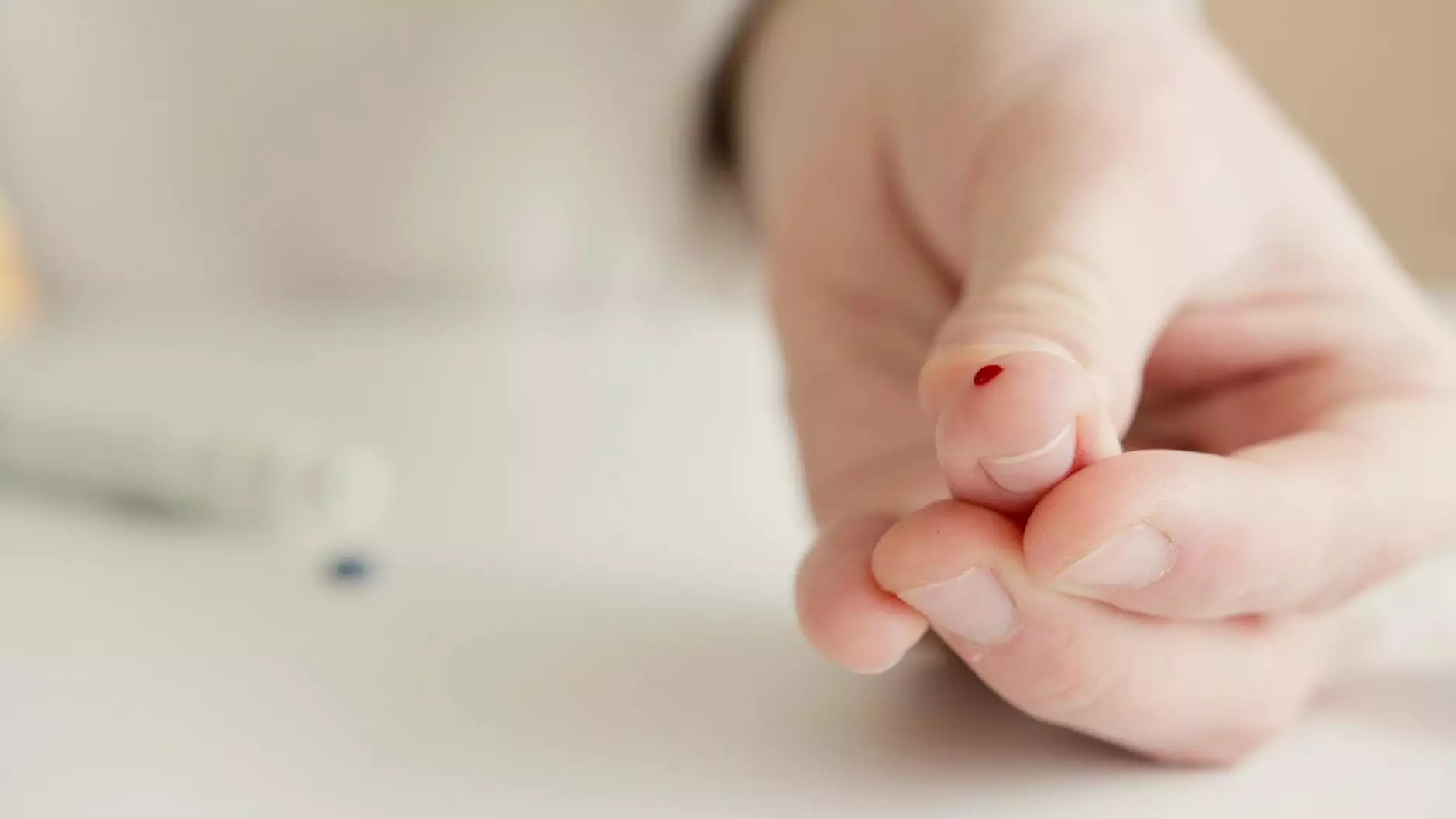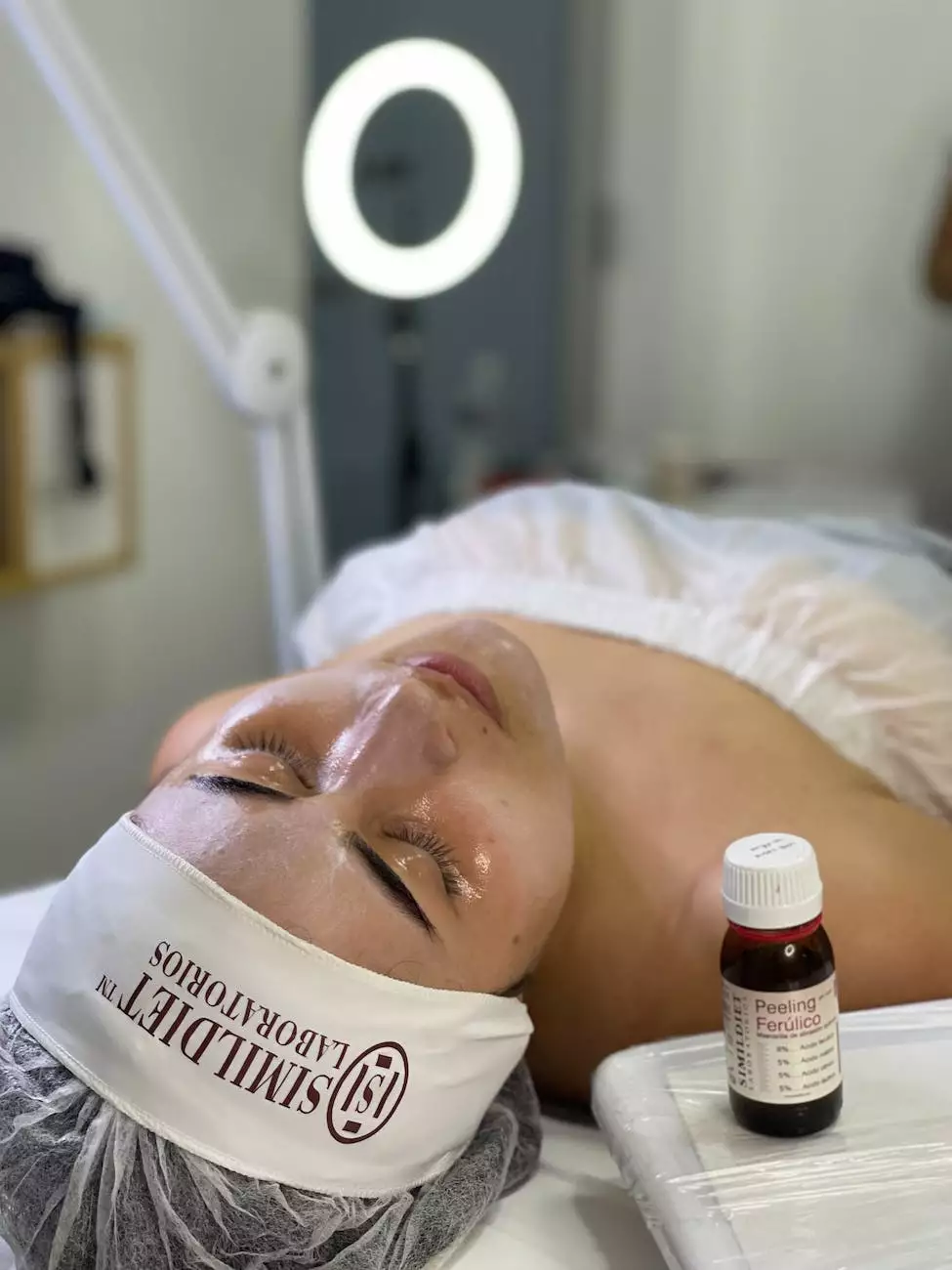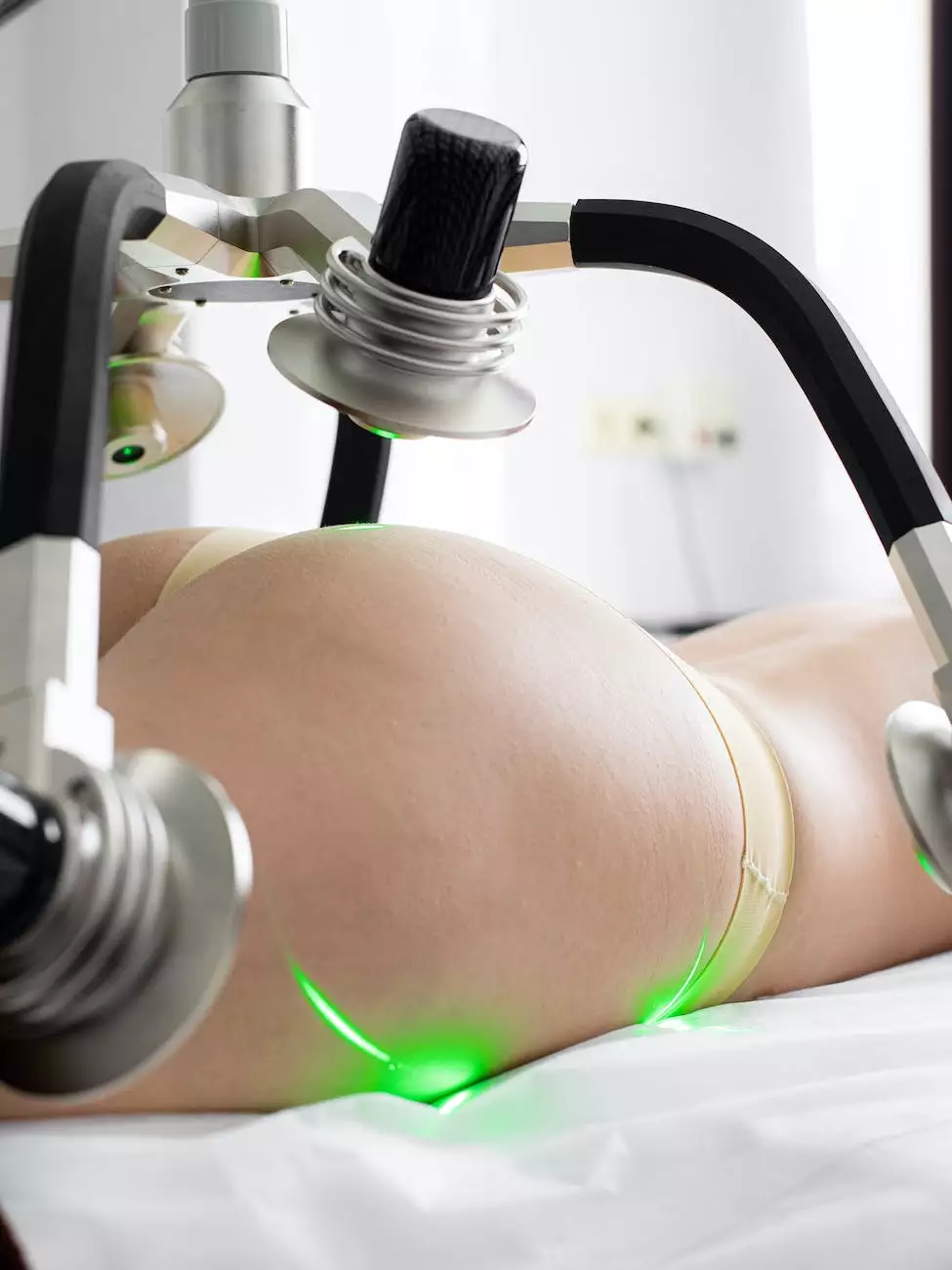Melanoma Mole: How To Tell If A Mole Is Cancerous
Skin Care
Welcome to the informative page on melanoma moles and how to identify if a mole is cancerous. As a leading health provider in the field, Smith, Arthur F, MD is dedicated to providing comprehensive information to help individuals understand the signs and symptoms of melanoma.
The Importance of Early Detection
Understanding the potential risks and knowing how to identify suspicious moles is crucial in the early detection of melanoma, a type of skin cancer that can be deadly if not detected and treated promptly.
Identifying Suspicious Moles
While not all moles are cancerous, it is essential to be able to differentiate between benign moles and those that require further attention. Here are some factors to consider:
Asymmetry
Pay attention to the shape of the mole. If one half of the mole does not match the other half, it could be a sign of melanoma. Benign moles are usually symmetrical.
Irregular Borders
Examining the borders of a mole can provide important clues. Melanoma moles often have irregular, blurred, or jagged borders, unlike benign moles that typically have smooth and well-defined borders.
Color Variation
Observe the color of the mole. Multicolored or uneven colors within the same mole, such as various shades of brown, black, red, or even white, could indicate melanoma. Benign moles usually have a single, uniform color.
Diameter and Evolving Size
While the size of a mole doesn't always determine whether it is cancerous, melanoma moles tend to be larger than benign moles. Additionally, monitor any moles that are rapidly increasing in size or undergoing significant changes, as these could be signs of melanoma.
Evolving Shape and Texture
Keep an eye on moles that are changing in shape, elevation, or texture. Melanoma moles may become bumpy, itchy, or crusty, while benign moles typically maintain their original appearance over time.
Additional Indicators of Melanoma
It's important to note that melanoma can present in various ways and may not necessarily exhibit all the characteristics mentioned above. Other potential signs to look out for include:
- A mole that becomes painful or tender
- Unusual bleeding, oozing, or scaliness on the surface of a mole
- A mole that appears suddenly or begins to grow rapidly
- The development of a new pigmented area that resembles a mole
When to Seek Medical Attention
If you notice any suspicious moles or experience any concerning symptoms, it is crucial to seek professional medical advice promptly. Early intervention and diagnosis can significantly increase the chances of successful treatment and recovery.
Trust Smith, Arthur F, MD for Expert Guidance
At Smith, Arthur F, MD, we understand the overwhelming nature of skin health concerns. Our dedicated team of professionals is committed to providing accurate information and helping individuals make informed decisions about their well-being.
Make an appointment with Smith, Arthur F, MD today for a thorough evaluation if you have any concerns about melanoma or other dermatological conditions. Early detection saves lives.










